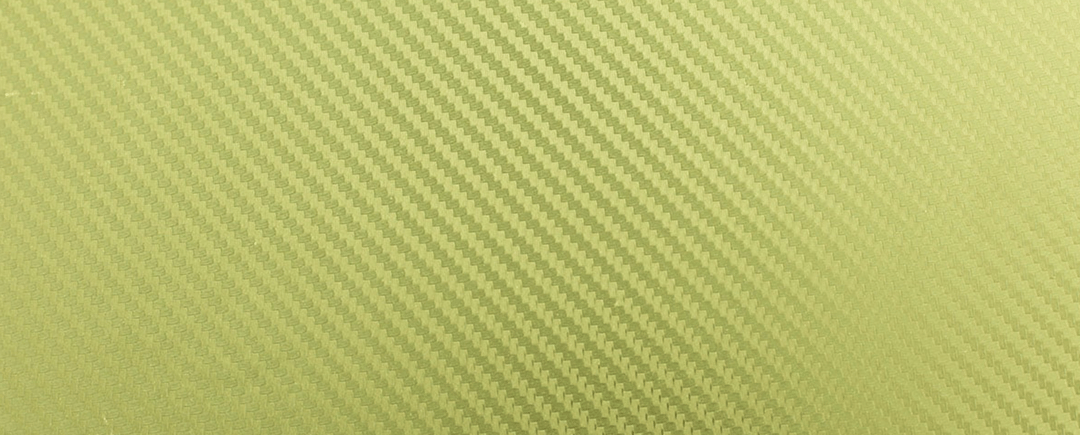What goes into making flame resistant fabrics? Just like a cook perfecting a batch of chili, engineers invest a lot of time and research to ensure that all the right ingredients are added to create quality, flame resistant fabric.
A synthetic fiber that often goes into the creation of quality flame resistant fabric is aramids, which can be split into two types: meta aramids and para aramids. These fibers are used in a range of applications, including aerospace and military applications, body armor fabric, marine cordage, marine hull reinforcement, an asbestos alternative, and protective clothing.
Aramids are a reliable and well known option for protective wear, but if you are interested in the ‘cooking process,’ read on and see how we break down meta and para aramids.
What are Aramids?
Chances are that, as a safety expert, you’ve come across brands like Kevlar®, Nomex®, Twaron®, and Kermel®. These are common heat resistant and synthetic fibers that all fall under aramids.
The following features distinguish aramid fibers from other synthetic fibers:
- A high degree of strength
- Excellent abrasion resistance
- Resistant to organic solvents
- Non-conductive
- No melting point
- Low flammability
- Good fabric integrity at high temperatures
While meta aramid and para aramid may have several similar characteristics, they each have different properties based on their molecular structures.
What are Meta Aramids?
Meta aramids are commonly manufactured by spinning the fiber in a chemical solution a process referred to as wet spinning. This results in a semicrystalline fiber with a molecular chain partially oriented along the fiber's axis.
Compared to nylon and polyester fibers of mid tenacity, meta aramid fibers (such as Nomex®) are highly resistant to temperature, chemical degradation, and abrasion. Fibers with these tenacity properties are capable of withstanding high levels of stress when exposed to flames or temperatures of up to 752 degrees Fahrenheit (400 degrees Celsius).
Meta aramids are softer and conduct electricity better than para aramids.
Benefits of Meta Aramids
- Flame Resistance
- Durability
- Comfort
- Ease of Care
Meta aramid fibers are thermally stable, inherent FR fibers. They are strong and abrasion resistant. While they can be dyed in several shades, they don't hold color well and are susceptible to color change.
A commonly known meta aramid is Nomex®, which is used in firefighting garments and FR clothing in the industrial sector.
What are Para Aramids?
Para aramid fibers (such as Kevlar®) are made using the dry jet method, which results in fibers with fully extended liquid crystal chains along the fiber's length that are highly crystalline, which enhances the fiber's strength. These fibers display high tensile strength (the maximum stress that can be sustained by the material) and modulus behavior (the tendency of a material to deform when stressed).
The increased strength of para aramids is what makes them valuable in bullet proof body armor as well as in the military and aerospace environments. In industrial settings, para aramids are also a common ingredient in safety equipment that require FR properties, such as gloves and helmets.
In comparison to meta aramids, para aramids are stiffer and have greater tenacity and strength. But they are sensitive to chemicals, and the presence of acids, alkalis, and bleaches degrade the strength of para aramid polyamide.
Benefits of Para Aramids
- Strength
- Lighter than steel
- Heat resistance
- Chemical resistance
- Unaffected by moisture
Para aramids are extremely strong and abrasion resistant. As with meta aramids, they can be dyed but do not hold color well. Fabrics made with para aramids tend to have a compromised appearance over time.
Choosing The Right Product for You
Meta aramids are incredibly durable, allowing them to be exposed to high temperatures as well as fire exposure.
In contrast, para aramids are incredibly strong. The higher levels of crystallinity in para aramid fibers increase their strength.
In general, Aramid fibers offer excellent protection against flashover and chemical splashes. Since they possess a low molecular weight, FR fabrics made up of aramid fibers allow a more comfortable garment without compromising on safety.
There are several factors to consider when choosing the right protective clothing, such as price, application, and weight. Our experts at TenCate Protective Fabrics can help you make the right choice. Schedule an appointment with us for top expert advice.







.png?width=399&name=Untitled%20design%20(40).png)

